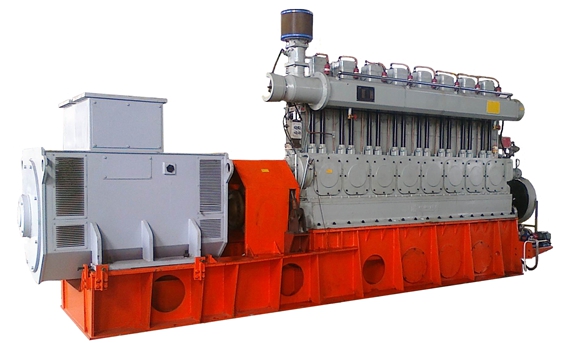脫硫辦法能夠分為濕法、半干法和干法。濕法脫硫在日本占98%、美國占92%、德國占90%、中國占91%,世界均勻占85%。大型燃煤機組大多采用濕法脫硫。我國當前燃煤發電在整個發電行業內占比超越70%,絕大多數燃煤電廠采用“石灰石—石膏濕法脫硫工藝”。
Desulfurization methods can be divided into wet method, semi dry method and dry method. Wet desulfurization accounts for 98% in Japan, 92% in the United States, 90% in Germany, 91% in China, and 85% in the world. Most large coal-fired units use wet desulfurization. At present, coal-fired power generation accounts for more than 70% of the whole power generation industry in China. The vast majority of coal-fired power plants adopt the "limestone gypsum wet desulfurization process".

濕法脫硫是一種非常高效、穩定且投資較低的脫硫工藝。但遭到國內局部中央政府除濕、消白政策的影響,目前在鋼鐵、焦化行業半干法、干法遭到喜歡,并有逐漸取代濕法脫硫的趨向。而隨著人們對霧霾構成機理的進一步認識,生態環境部發文央求不得強迫企業管理濕煙羽”。因而,濕法脫硫仍有生存空間。
Wet desulfurization is a very efficient, stable and low investment desulfurization process. However, affected by the dehumidification and whitening policies of some domestic central governments, semi dry and dry methods are currently favored in the steel and coking industries, and there is a trend to gradually replace wet desulfurization. With the further understanding of the formation mechanism of haze, the Ministry of ecological environment issued a document requesting that enterprises should not be forced to manage wet plumes ". Therefore, there is still room for wet desulfurization.
濕法脫硫和干法、半干法脫硫的副產物差別很大,不同的脫硫工藝,副產物也不盡相同。
The by-products of wet desulfurization, dry desulfurization and semi dry desulfurization are very different, and the by-products are also different in different desulfurization processes.
(1)目前常用的脫硫工藝有鈣法、鈉法、氨法、鎂法、活性炭法,副產物的品種和狀態各不相同,其中鈣法的脫硫副產物(石膏)產量大,應用率也較高。
(1) At present, the commonly used desulfurization processes include calcium method, sodium method, ammonia method, magnesium method and activated carbon method. The varieties and states of by-products are different. Among them, calcium method has the largest output of desulfurization by-products (gypsum) and high application rate.
(2)在中小范圍的煙氣脫硫中,鈉法、鎂法、氨法運用較多,其脫硫副產物回收缺乏,致使傳統多為丟棄法。
(2) In the small and medium-sized flue gas desulfurization, sodium method, magnesium method and ammonia method are used more, and the recovery of desulfurization by-products is lack, resulting in the traditional method of discarding.
(3)半干法和干法脫硫副產物由于反響不完好、成分復雜,處置明顯比濕法工藝艱難,目前應用率很低。
(3) The semi dry and dry desulfurization by-products are obviously more difficult to dispose than the wet process due to incomplete response and complex composition, and the current application rate is very low.
(4)脫硫工藝的選擇,很大水平上受脫硫副產物影響,目前脫硫存在濕改干的趨向,會招致脫硫副產物進一步增加,且脫硫灰的處置較難;因而,要加大對脫硫灰的處置處置研討。
(4) The selection of desulfurization process is largely affected by desulfurization by-products. At present, desulfurization has the trend of changing wet to dry, which will lead to the further increase of desulfurization by-products, and the disposal of desulfurization ash is difficult; Therefore, it is necessary to increase the discussion on the disposal of desulfurization ash.
The above is a detailed introduction about biogas desulfurization, which I hope will be helpful to you If you have any questions, please contact us We will provide you with professional service http://m.chinaktws.com
